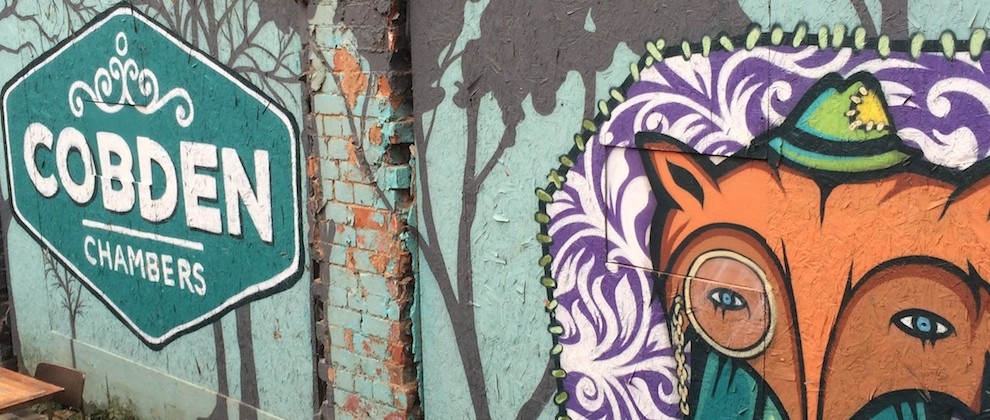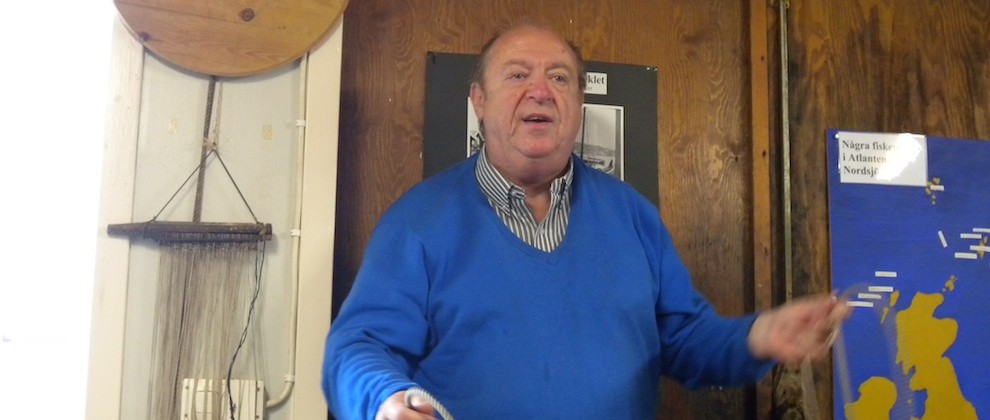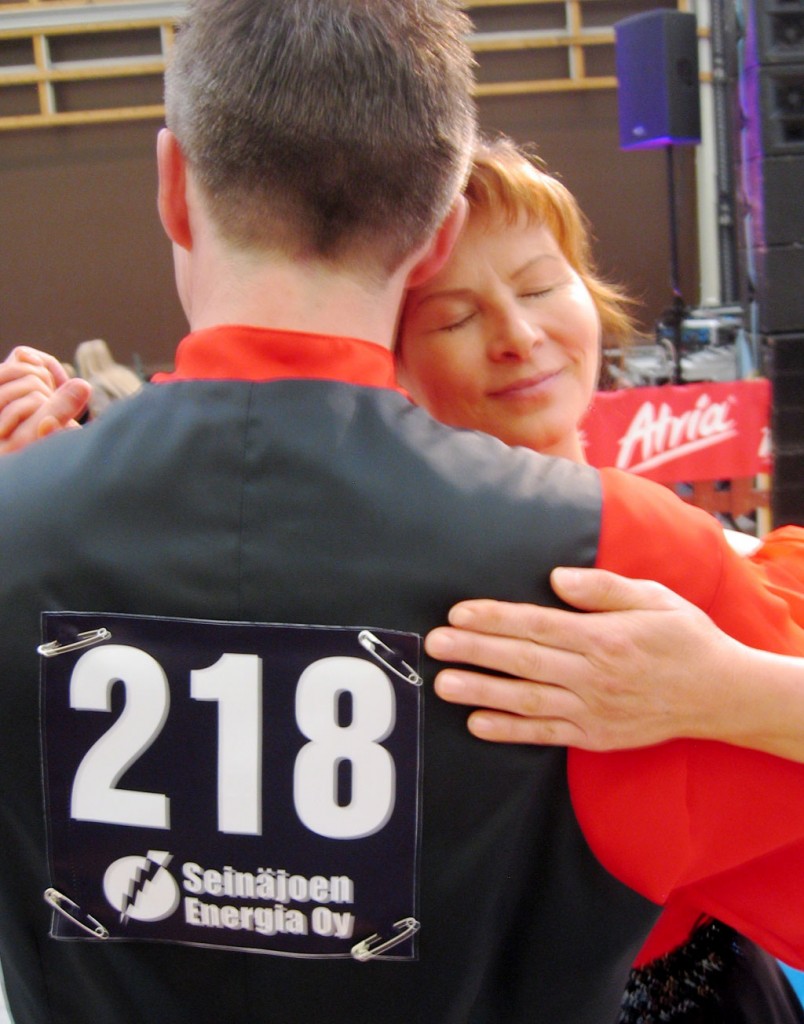
* Another story from the back catalogue, this week with a Flanders theme. I’ll be back in Belgium this autumn for the opening of the Red Star Line Museum in Antwerp’s Little Island district but, for now, a foodie tale from Ghent. Follow me on Twitter or subscribe to the RSS for more story updates.
Belgian food gets a bad rap.
But the Flemish city of Ghent, a short hop by train from Brussels Midi, is kicking back against the stereotype of chips and waffles.
Not only is the Belgium’s fourth city home to traditional local stalwarts such as mustard purveyors Tierenteyn-Verlent and sweet shop Temmerman, but also a groundswell of small-scale food champions is adding a modern, new twist to favourite local flavours.
Many of these will be showcasing their wares during the city’s annual Patershol Festivities staged August 12 to 15, a long-weekend jamboree of music, performances and tastings around the labyrinthine, medieval streets reborn as the city’s restaurant district.
We profile the some of the faces behind Ghent’s burgeoning food scene.
Roomer
Brothers Maarten and Jeroen Michels started distilling elderflower wine during childhood visit to their grandmother’s house, using the fragrant flower that grows abundantly around East Flanders. Now in their mid thirties, they left steady jobs to turn Roomer [pictured above], a 14.9% alcoholic beverage based on elderflower, into a home-grown drinks business.
“It’s not a wine and not a liquor,” says the hirsute Maarten, surrounded by toys and Lego on the terrace of his office-home in Ghent’s residential southeastern suburbs. Roomer is based on all-natural ingredients and distilled with 21 varieties of herbs.
“Secret herbs,” adds Maarten from behind dark glasses. “They give it a dry, easy-drinking taste.”
The brothers have grown the business organically, producing 70,000 bottles of Roomer last year.
“We started as anti-professional with buckets in the kitchen. We’re now semi-professional,” smiles Maarten, who still rolls up his sleeves each June to collect some 1,200kg of flowers from sites around Ghent. Indeed, the whole production remains a hands-on, family affair with mother Marie Louise daintily placing flowers into open bottles with a pair of teasers.
“Exactly 50 flowers each time,” says Maarten. “She has a feel for it.
Roomer may now sit next to Martini and Pastis on aperitif lists at 500 restaurants across Flanders, but the brothers retain their non-corporate approach to business.
“We are entrepreneurs but philosophically we just wanted to have fun.”
Maartan raises an ice-clinking glass in cheers. “Op eu muile,” he smiles. “On your face.”
De Blauwe Zalm
Ghent’s Patershol district is a fashionable restaurant quarter
But when chef Danny De Cleyn and front-of-house Christine Beernaert first opened De Blauwe Zalm (The Blue Salmon) in 1984, the area was still a down-at-heel backwater and their idea to prepare only fish, organic and seasonal food a curiosity.
“We started with 15 covers and the pans from our kitchen,” says Chris. “When I put Jerusalem artichokes on the menu, people laughed at me.”
The couple moved to bigger premises in 1993 and became a stalwart of the Patershol scene, championing a low-food-miles approach without being prescriptive.
They still grow much of their own produce on an allotment near Ghent and source their fish sustainably from the North Sea, although the average dinner would have little clue about their green credentials of their meal – from the recycled tables to the freshly picked flowers on the tables.
“We haven’t sold tuna or swordfish in four years because of overproduction. But we’re not severe,” says Chris. “I’m not selling a religion.”
As I tuck into the light, seasonal flavours – basil, aubergine, muscles, brill and sea bass amongst them – a large blue-salmon-shaped light fitting swims along the ceiling above me.
“The salmon always swims against the tide.”
Chris smiles. “But always gets there in the end.”
Yuzu
Yuzu, the domain of chocolatier Nicholas Vanaise on the fringe of Ghent’s student quarter, offers a non-Belgian take on Belgian chocolates.
One-man-band Nicholas gave up Indiana Jones-style archaeological adventures around the Middle East to return to Ghent, but he continues to dig out new, contemporary flavours. Today Yuzu, named after a Japanese citrus flavour, comprises 150 chocolate varieties with a core range of 25 flavours.
“There’s a story behind every chocolate. Each praline is a memory board,” says Nicholas. “For example, the Havana, a best-seller flavoured with malt whisky and tobacco leaf, tastes of an English gentleman’s club.”
The selection box of Ghent flavours, by contrast, features chocolates laced with blue cheese, cured ham and beer.
The capsule-hotel-sized shop in Ghent is a shrine to Japanese taste with bottles of sake, sachets of green tea and porcelain cups lining the shelves. Nicholas goes flavour hunting to Japan each year and already sells his creations through the Matsuya department store in Tokyo.
Outside of running the shop, Nicholas spends up to eight labour-intensive hours per day making chocolates at his home-based laboratory, preparing up to eight varieties per day in batches of 100 pieces.
“At the end of a day of chocolate making, I’m desperate for something to take away the sweetness,” laughs Nicholas.
“I can murder a curry.”
Gruut
Gruut is not only Ghent’s only city brewery but it’s also an all-female affair with brewer Annick De Splenter opening the canal-side microbrewery restaurant in 2009.
Annick wanted to reinvent the mage and taste of beer and spent months researching the brew process before hitting on a formula.
She took an old recipe from the Middle Ages and replaced the hops with herbs, some sourced from her own garden.
“I wanted to get away from the dusty old image of brewers,” says elfin-blond Annick, surrounded by dark wood tables and shiny steel brewing vats.
“Brewing was traditionally a very physical job but technology helps us now.”
The Gruut range, named after the coin used in the Middle Ages, now extends to five beers, including a Trappist-style dark beer and a grand-cru ale, the Inferno.
Annick brews twice a week, producing some 1,000l of beer overall, which sells at 150 bars and restaurants around Ghent.
Annick has already launched some spin-off products, working with local companies to make Gruut-based pâté and cheese; she recycles malt from the brewing process to make bread for the restaurant.
But the real secret of Grout’s success is simple. “It’s a proper beer but with more softness than a typical brew. Best of all,” she grins.
“The herbs have aphrodisiac properties.”
Gazetteer
www.roomer.be
www.deblauwezalm.be
www.gruut.be
* This story first appeared in Metropolitan magazine in 2011. Liked this? Try also Shine a Light on Flanders.



